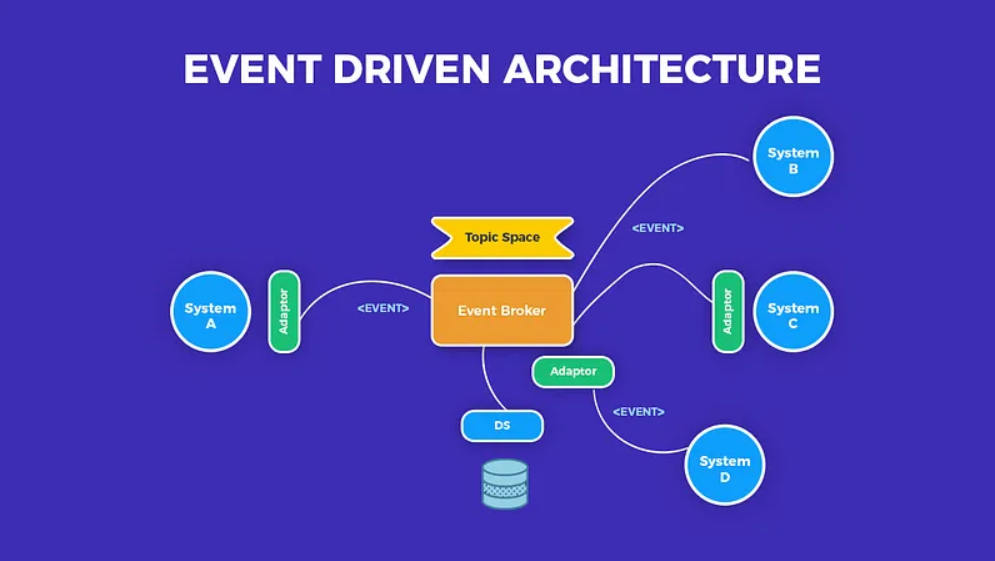Understanding software architectural patterns is crucial for developers, as they provide a blueprint for building robust, scalable, and maintainable software applications. These patterns help in organizing code, managing complexity, and enhancing collaboration among teams. In this blog post, we will explore several essential software architectural patterns that every developer should be familiar with.
Event-Driven Architecture (EDA)
What It Is and How It Works
Event-Driven Architecture (EDA) is a design pattern where applications communicate through events. In this architecture, systems react to changes or occurrences (events) rather than following a strict sequence of operations. This allows for real-time processing and responsiveness.
Use Cases
- IoT Devices: Smart home devices use EDA to respond instantly to sensor data.
- Online Marketplaces: E-commerce platforms react to user actions like purchases or cart updates in real-time.
Components Involved
- Event Producers: Applications that generate events.
- Event Consumers: Applications that process events.
- Message Brokers: Middleware that facilitates communication between producers and consumers.
Layered Architecture
How It Separates Concerns
Layered Architecture divides an application into distinct layers, each responsible for specific functionalities. This separation makes it easier to manage complexity and enhances maintainability.
Use Cases
- Social Media Platforms: Each layer can handle different aspects like user interface, business logic, and data storage.
- Banking Systems: Securely manages transactions while separating user interactions from backend processes.
Key Components
- Presentation Layer: User interface components.
- Application Layer: Business logic processing.
- Data Layer: Database interactions.
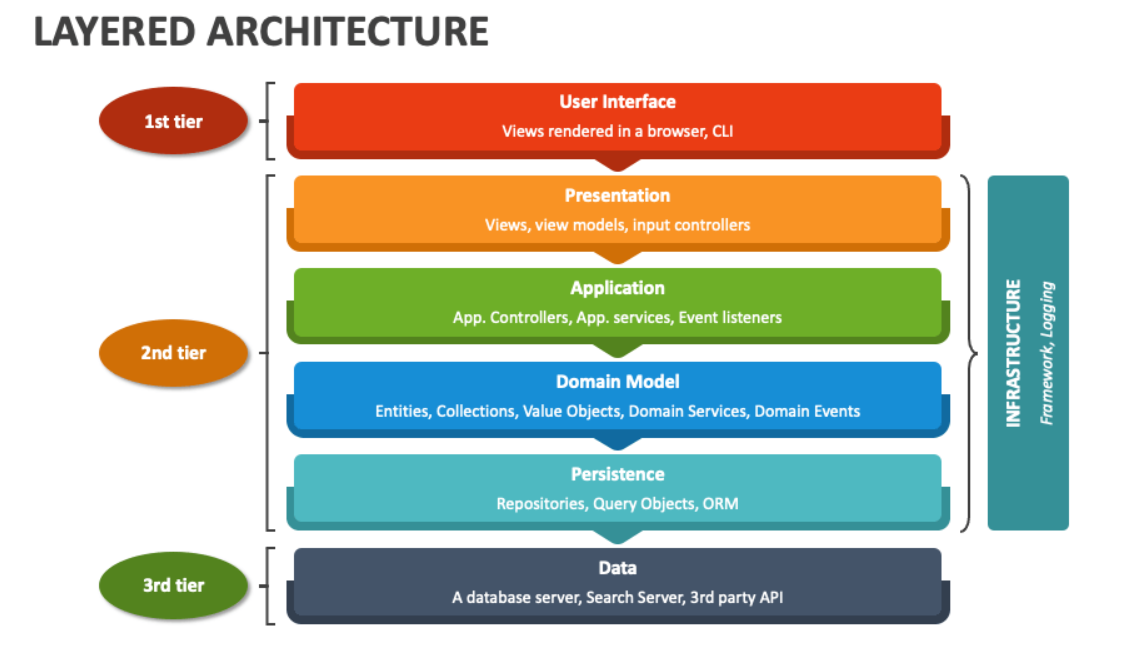
Monolithic Architecture
Explanation and Scenarios Where It Works Best
Monolithic Architecture is a traditional model where all components of an application are interconnected and run as a single unit. This architecture is simple to develop initially but can become unwieldy as the application grows.
Real-Life Examples
- Content Management Systems (CMS): Many early CMS platforms were built using monolithic architecture, allowing for straightforward deployment and management.
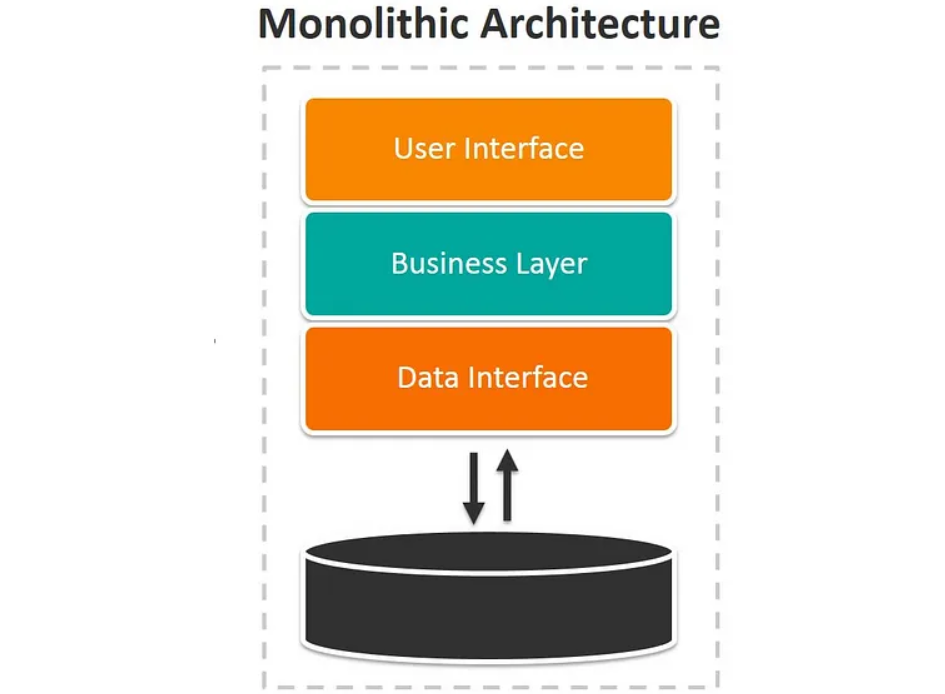
Microservices Architecture
Breaking Down Systems into Smaller Services
Microservices Architecture involves structuring an application as a collection of loosely coupled services. Each service focuses on a specific business function, allowing for independent development and deployment.
Use Cases
- E-commerce Applications: Different services handle user authentication, product management, and payment processing.
- Travel Booking Platforms: Each service manages specific tasks like flight search or hotel reservations.
Components Like APIs and Databases
- API Gateway: Central entry point for requests.
- Service Registry: Keeps track of available services.
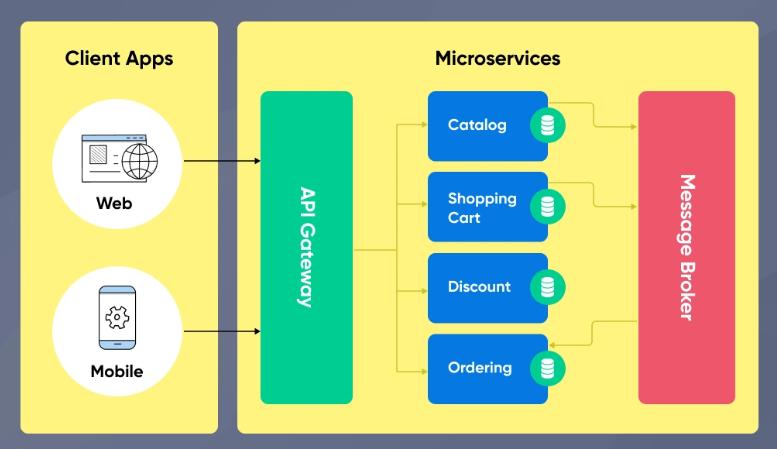
Model-View-Controller (MVC)
Simplifying Web Application Structures
MVC is a design pattern that separates an application into three interconnected components: Model, View, and Controller. This separation helps in organizing code and managing user interactions effectively.
Use Cases in Modern Web Development
Many web frameworks like AngularJS implement MVC to streamline development processes.
Core Components
- Model: Manages data and business logic.
- View: Displays data to the user.
- Controller: Handles user input and updates the model or view accordingly.
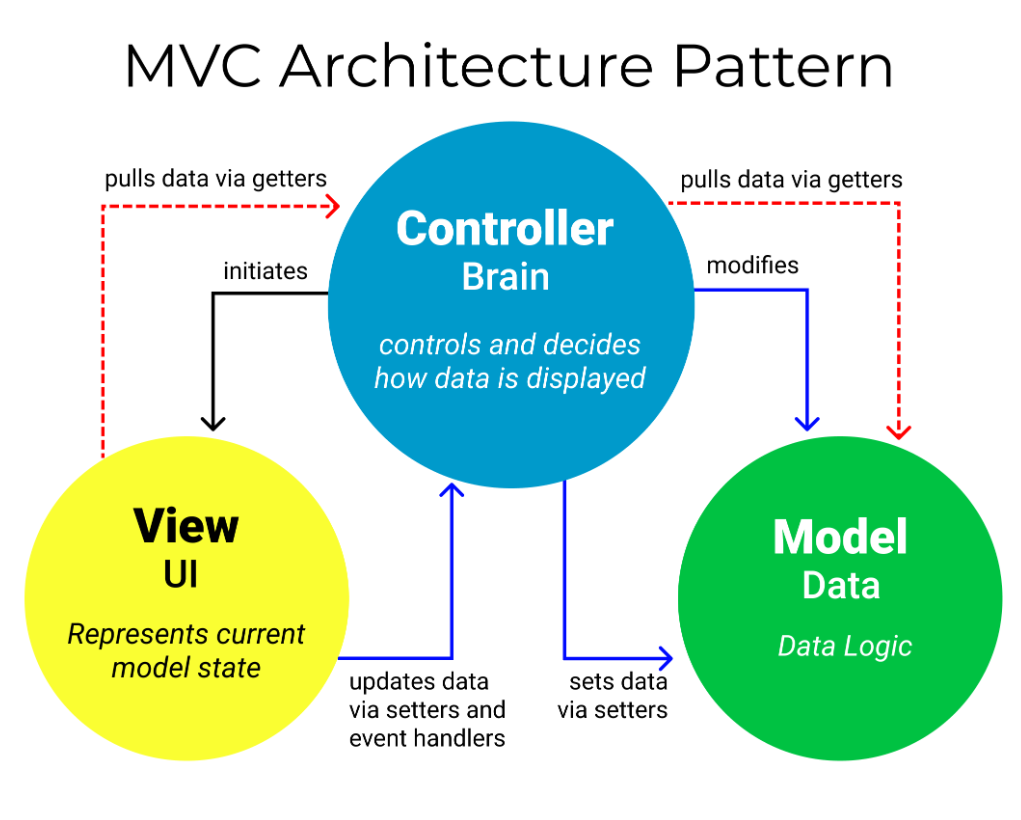
Master-Slave Architecture
Centralized Control Systems
In Master-Slave Architecture, one central unit (the master) controls one or more subordinate units (slaves). This pattern is commonly used in database management systems where the master database handles write operations while slave databases handle read operations.
Use Cases Like Database Replication
This architecture is beneficial in scenarios requiring high availability and load balancing.
Components and How They Interact
The master coordinates tasks while slaves execute them based on instructions received from the master.
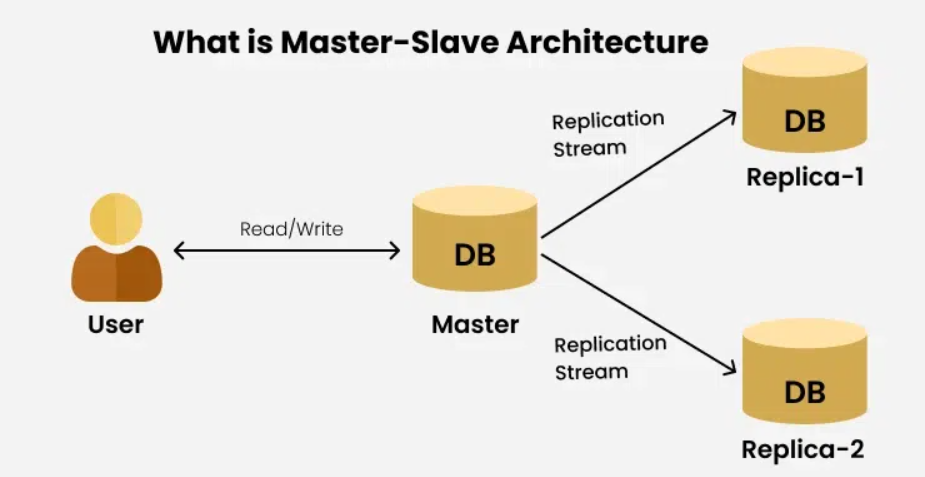
Conclusion
Understanding these software architectural patterns is essential for developers aiming to create efficient, scalable, and maintainable applications. By implementing these patterns in your projects, you can significantly improve your software design process.
Now that you’re familiar with these architectural patterns, I encourage you to explore them further! Dive into each pattern’s intricacies and see how they can enhance your development projects. Happy coding!
